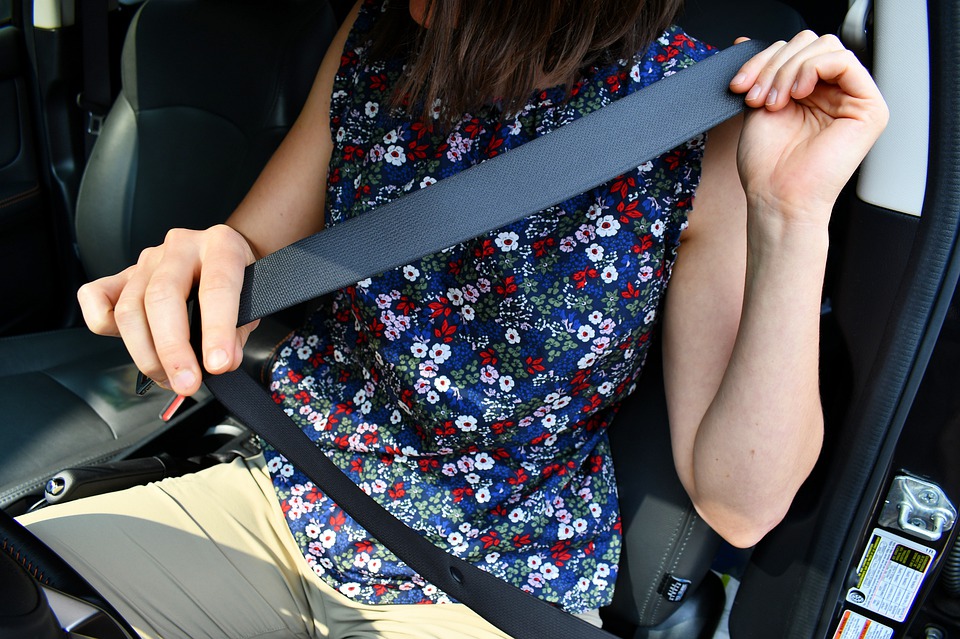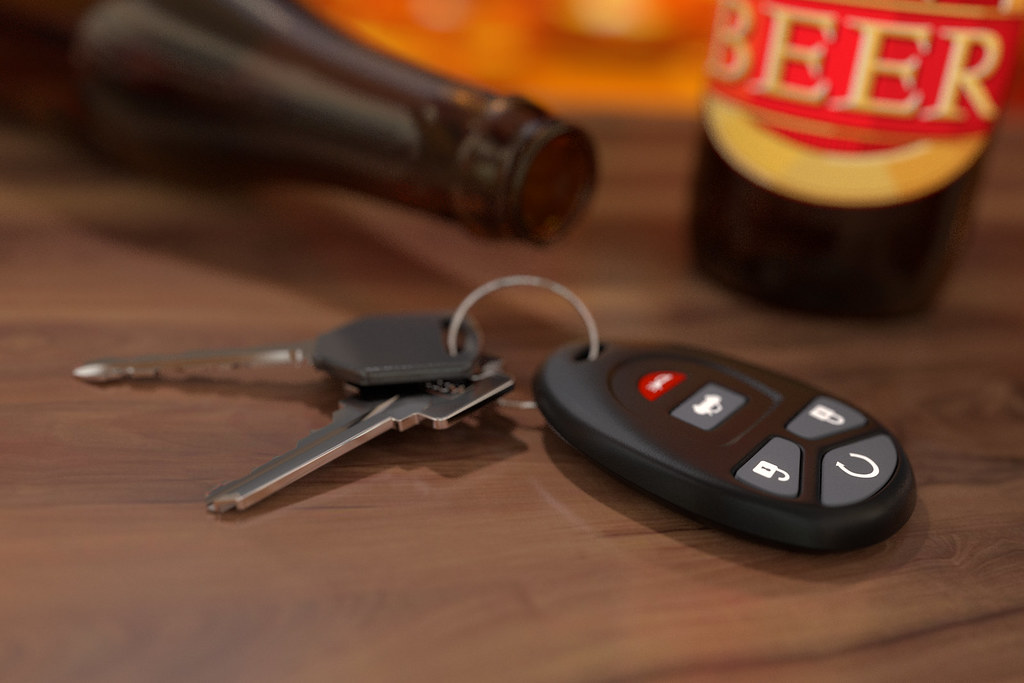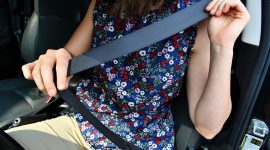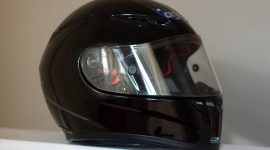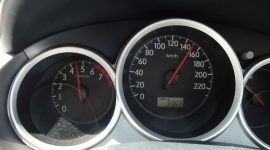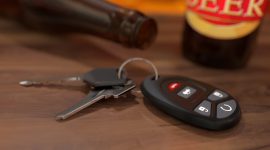Safety belts and the law of momentum
When a vehicle crashes or comes to a violent standstill, and the passengers are not wearing seat belts, they continue to move inside the car at the same speed, ejected into the dashboard or windshield. The momentum with which they crash is equal to the product of their kilograms multiplied by the speed at the moment of impact.
Seat belts significantly reduce the risk of death or serious injury. A further point which needs to be underlined is the necessity of using seat belts in the back seats. Specifically, studies show that if rear passengers do not wear a seat belt in head-on collisions, they are ejected forward, thus crushing the front passengers and increasing almost 5-fold the risk of death for the front passengers who wear seat belts.
Reminder light and warning buzzer
Since the early 1970s, a seat belt reminder system for front passengers has been fitted to all cars in North America. This system consists of a red light on the instrument panel that lights up for as long as the belt does not click, and a buzzer which emits a strong sound for several minutes. In Europe and other continents, this system was introduced in the 1990s and is now part of most new models.
We always wear seat belts both as drivers and as co-drivers, regardless of the distance we drive and regardless of whether we feel a bit like… Michael Schumacher today.


